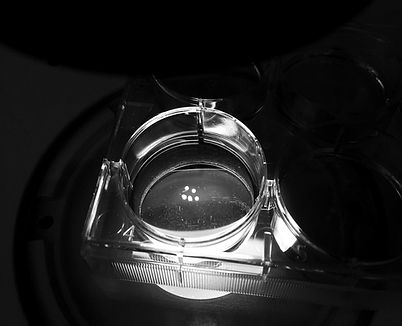Special issue on brain organoids
March, 2021
Special issue on brain organoids
March, 2021
Special issue on brain organoids
March, 2021

Research interests:
1. Modeling the Human Nervous System
-Brain modeling with organoids-
We tackle ongoing challenges in neural organoid models. For instance, one of the challenges is the efficient vascularization of human brain organoids, which is the prerequisite for their long-term maturation and functional refinement. We pursue this through various techniques of stem cell biology and neurobiology.
2. Diseases of the Human Nervous System
-Brain development and disease-
We apply neural organoids to understand human neurological diseases. For instance, based on fused brain organoids recapitulating regional interactions within the human brain, we now can track interneuron migration and axonal projection in a dish. With that, new mechanistic insights at the molecular level can be gained to better understand and eventually treat human neurological diseases.

Human stem cell engineering
Culturing and CRISPR/Cas- or TALEN-mediated gene editing in human pluripotent stem cells (i.e., embryonic stem cells and induced pluripotent stem cells).

Stem cell differentiation
Guided 2D differentiation of human pluripotent stem cells towards lineages of interests in a dish.
Platforms

Region-specific neural organoids
Construction of various human 3D neural organoids with defined regional identity of the nervous system.

Complex neural organoids
Construction of complex human neural organoids recapitulating cross-lineage (e.g., neuro–vascular interactions) and cross-region (e.g., interneuron migration and neural circuit function) interactions inside the human nervous system, through fusing distinct organoids or incorporating distinct lineages.

Analysis
Structural, multi-omics (e.g., single-cell RNA seq, ATAC-seq, etc.), and functional (e.g., calcium imaging, multi-electrode array) analysis.

Disease modeling
New models of human neurodevelopmental or neurodegenerative diseases basing on defined stem cell sources and neural organoid technologies.